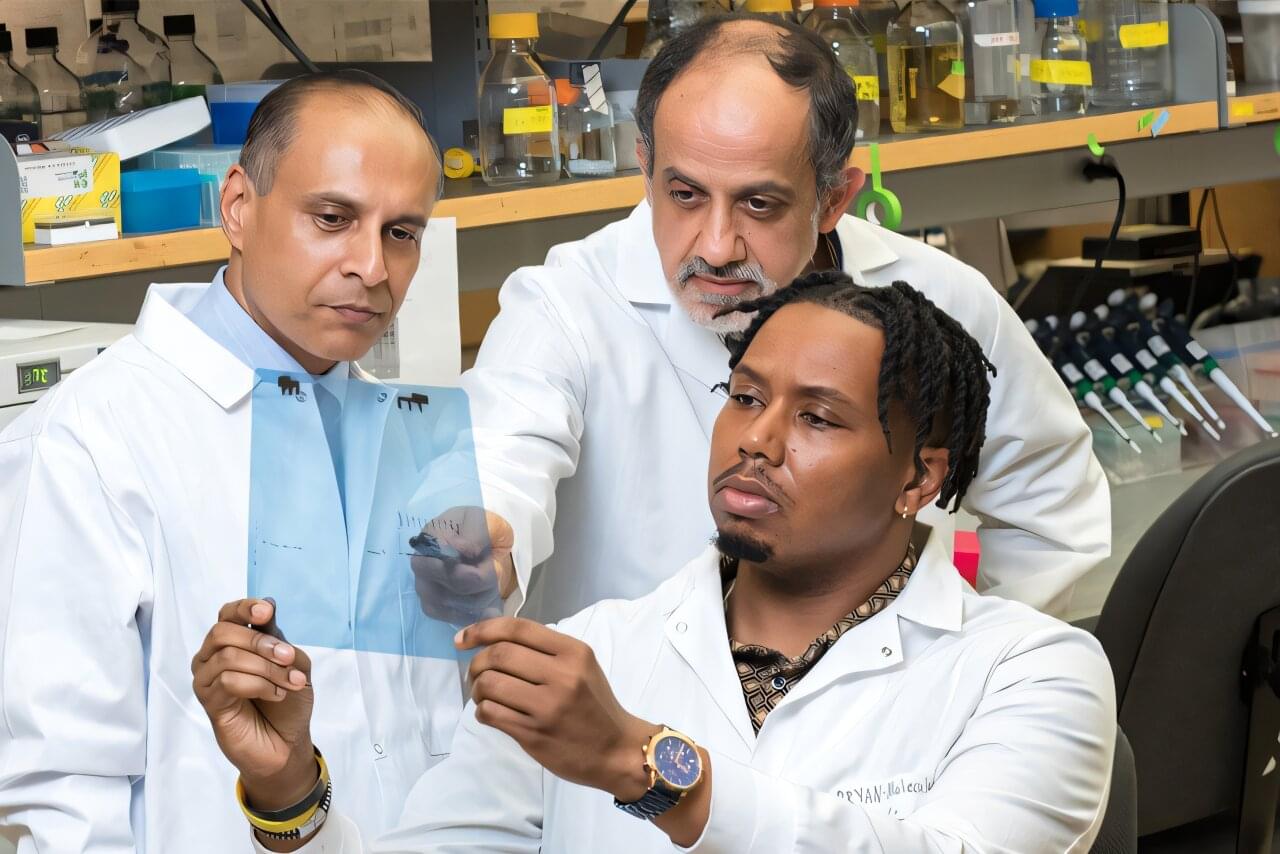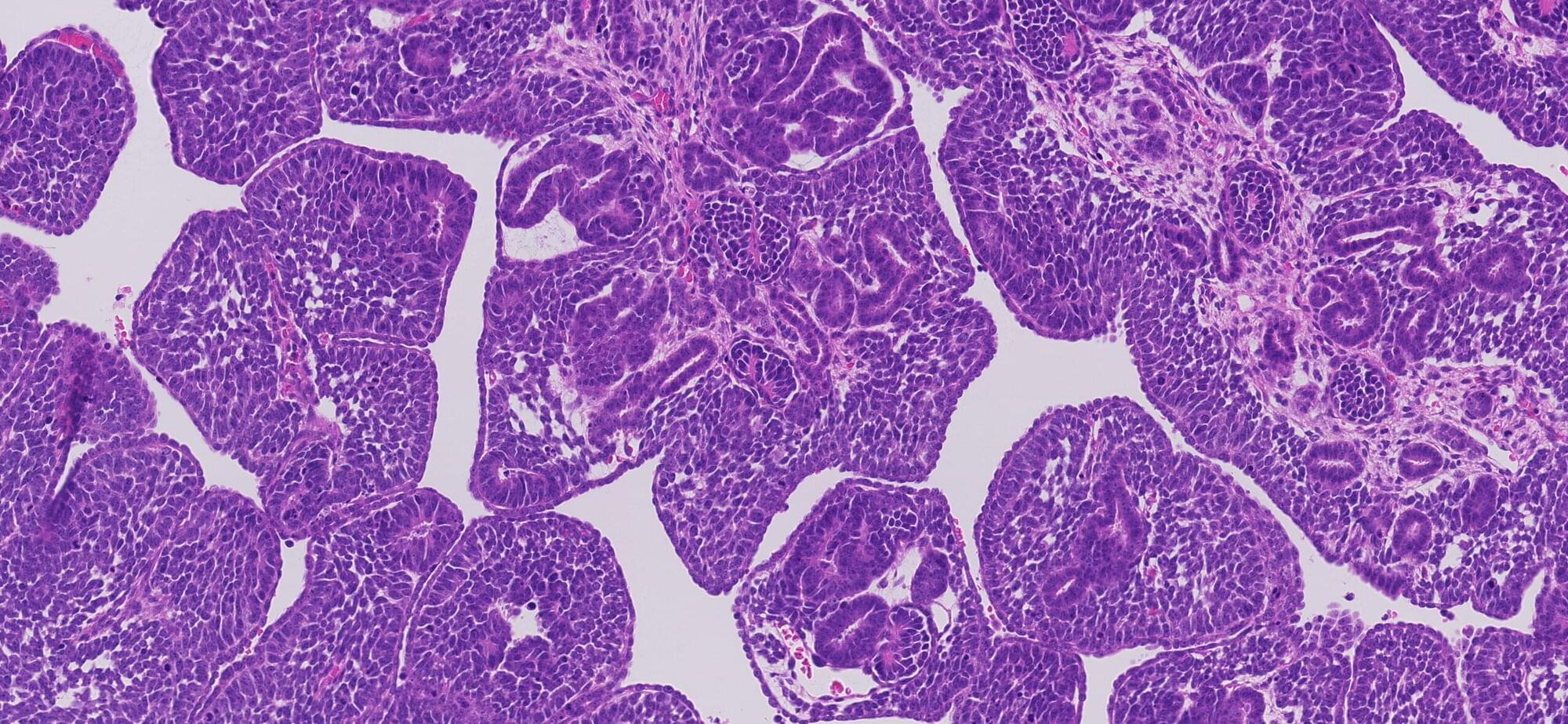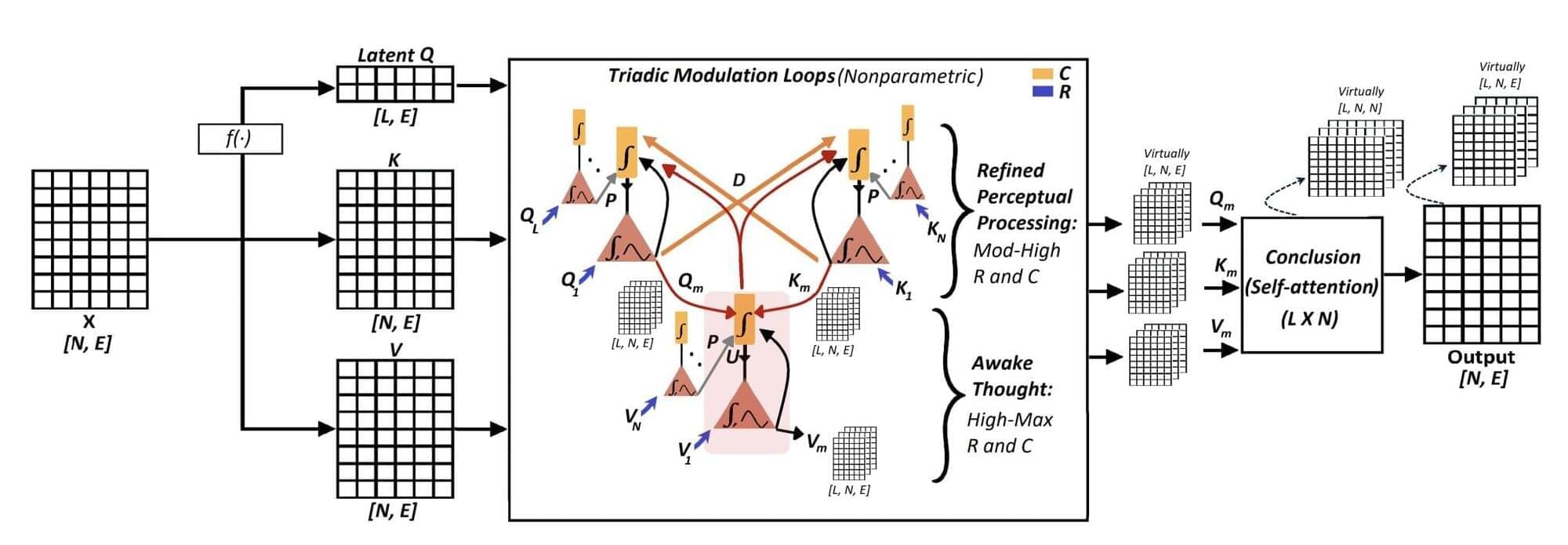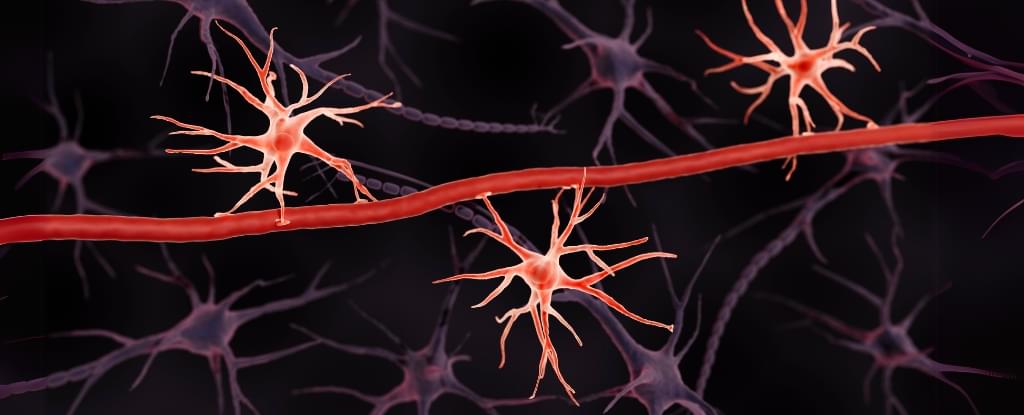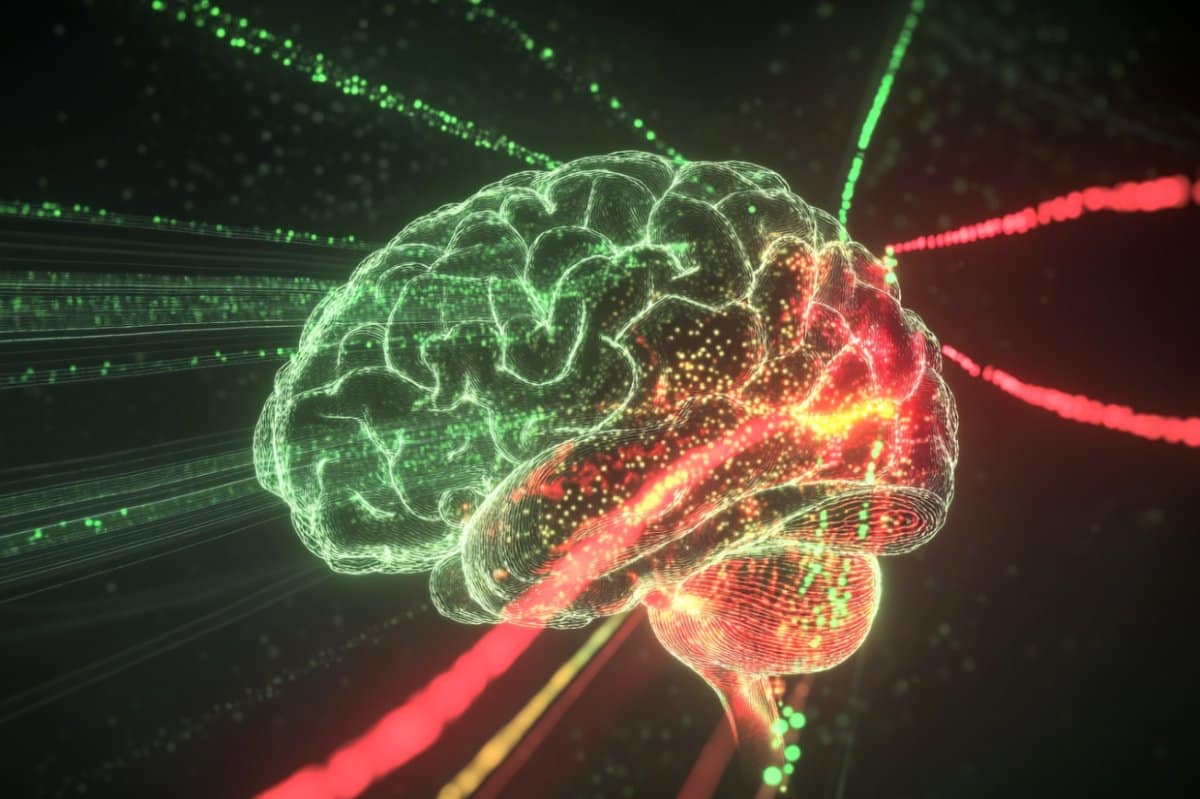Published in Brain, Behavior and Immunity—is the first to suggest that a tumor-driving gene known as AEG-1 actively regulates the inflammation responsible for causing chemotherapy-induced peripheral neuropathy (CIPN), a common and painful side effect of cancer treatment. Eliminating the function of this gene using targeted therapies could become a critical strategy for managing a debilitating side effect experienced by many cancer patients.
Researchers have uncovered that some childhood cancers have a substantially higher number of DNA changes than previously thought, changing the way we view children’s tumors and possibly opening up new or repurposed treatment options.
Concentrating on a type of childhood kidney cancer, known as Wilms tumor, an international team genetically sequenced multiple tumors at a resolution that was previously not possible.
This collaboration included researchers at the Wellcome Sanger Institute, University of Cambridge, Princess Máxima Center for Pediatric Oncology, the Oncode Institute in the Netherlands, Great Ormond Street Hospital, and Cambridge University Hospitals NHS Foundation Trust.
The advancement of artificial intelligence (AI) and the study of neurobiological processes are deeply interlinked, as a deeper understanding of the former can yield valuable insight about the other, and vice versa. Recent neuroscience studies have found that mental state transitions, such as the transition from wakefulness to slow-wave sleep and then to rapid eye movement (REM) sleep, modulate temporary interactions in a class of neurons known as layer 5 pyramidal two-point neurons (TPNs), aligning them with a person’s mental states.
These are interactions between information originating from the external world, broadly referred to as the receptive field (RF1), and inputs emerging from internal states, referred to as the contextual field (CF2). Past findings suggest that RF1 and CF2 inputs are processed at two distinct sites within the neurons, known as the basal site and apical site, respectively.
Current AI algorithms employing attention mechanisms, such as transformers, perceiver and flamingo models, are inspired by the capabilities of the human brain. In their current form, however, they do not reliably emulate high-level perceptual processing and the imaginative states experienced by humans.
A new study reveals that mice use specialized brain cells to track progress toward goals, even in unfamiliar situations. The findings suggest that animals—and possibly humans—rely on internal maps of behavior, not just physical space.
WASHINGTON — The U.S. Space Force has ordered two additional Global Positioning System satellites from Lockheed Martin. The $509.7 million contract covers GPS III satellites 21 and 22, which are part of the advanced GPS III Follow-on constellation designed to provide enhanced positioning, navigation and timing services to both civilian and military users worldwide.
Delivery of the two satellites is scheduled by 2031, according to a contract announcement May 28.
The order was placed under an existing 2018 contract that allows for up to 22 spacecraft. With this procurement, the Space Force has now exercised options for 12 satellites, bringing the total value of the contract to $4.1 billion.
Close to the summit of an underwater mountain west of the Mid-Atlantic Ridge, a jagged landscape of towers rises from the gloom.
Their creamy carbonate walls and columns appear ghostly blue in the light of a remotely operated vehicle sent to explore.
They range in height from tiny stacks the size of toadstools to a grand monolith standing 60 meters (nearly 200 feet) tall. This is the Lost City.
A new drug targeting inflammation in the brain has been shown to bolster the blood-brain barrier in mice, pioneering a potential shift in the fight against neurodegenerative diseases like Alzheimer’s.
“Finding [the drug] blocks brain inflammation and protects the blood-brain barrier was an exciting new discovery,” says pathologist Sanford Markowitz from Case Western Reserve University (CWRU).
What’s more, the researchers note that amyloid levels – the abnormally clumping proteins traditionally thought to play a role in the progress of Alzheimer’s – remained the same. This suggests the new treatment, focusing on an immune protein called 15-PGDH, targets a completely different physiological pathway than many existing medications.
New research reveals that neurons in the basal ganglia not only initiate movement but also suppress it with remarkable precision, challenging the traditional view that they merely act as a brake.
There’s a deep human desire to know, to better understand the world, and for decision-makers within organizations to do that in a way that’s grounded in data and grounded in fact.
As the population ages, multimorbidity, or when a patient has multiple diseases at once, is becoming increasingly common. The onset of one disease increases the risk of developing other diseases, making it necessary to investigate how a range of risk factors together affect such accumulation. Prior studies have focused on individual risk factors and related individual diseases.
A study explored how the risk factors measured from birth to middle age and unmeasured, or latent, factors covering the entire lifespan predict and explain the incidence of chronic diseases in eight organ systems from middle to old age: the cardiovascular, metabolic, gastrointestinal, musculoskeletal, respiratory, neurological and psychiatric systems, and the sensory organs.
The study, published in The Lancet Healthy Longevity journal, analyzed 22 risk factors, including age, sex, early life (e.g., size at birth, early childhood growth, childhood wartime evacuee status), socioeconomic factors (e.g., socioeconomic status in childhood, income in adulthood), lifestyle factors (e.g., smoking, alcohol consumption, physical activity, diet), clinical measurements and biomarkers (e.g., body mass index, blood pressure, blood glucose).
